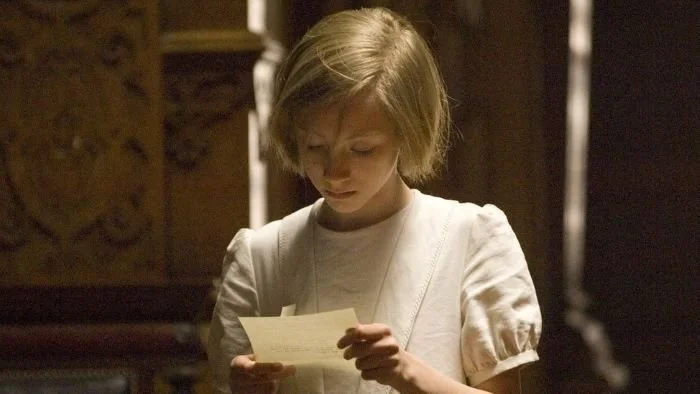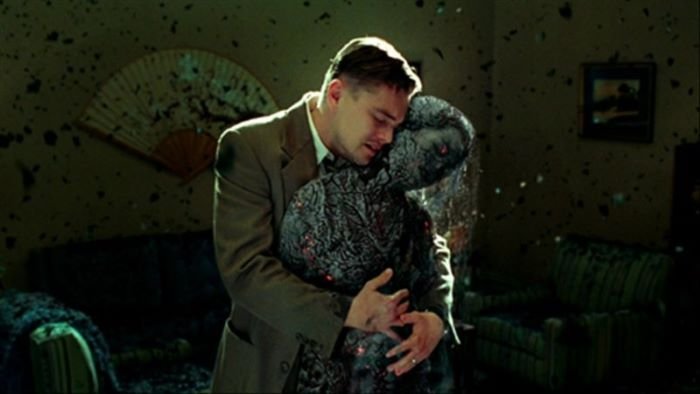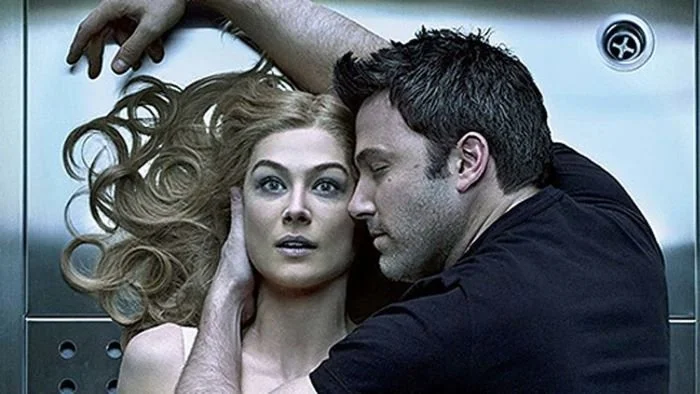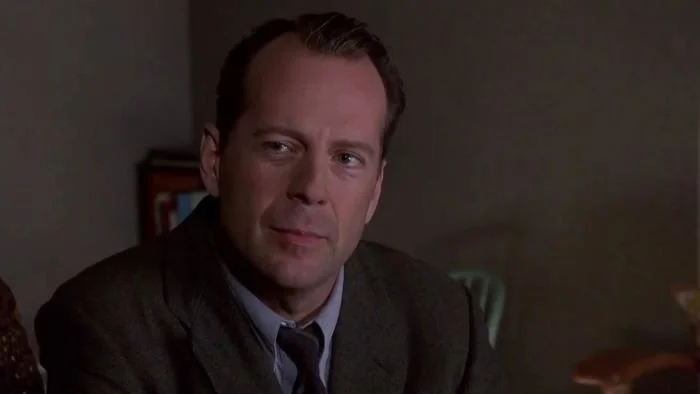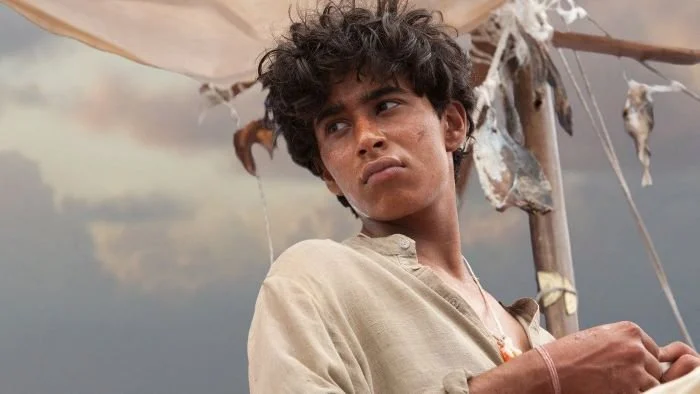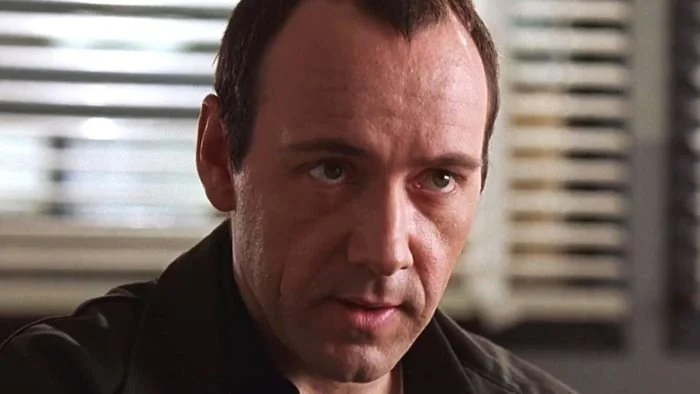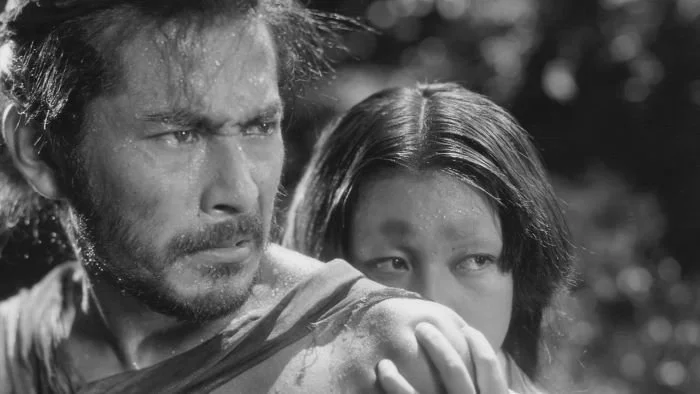Top 10 Unreliable Narrators In Film
Image Source: HDQwalls.com
Who doesn’t like seeing a good movie? Whether it be from the comfort of your own home or venturing out for the silver-screen experience, there is something about the stories captured on film that brings us together and gives us something to talk about our shared experiences. And then, there are those films that make us stop and go “Whoa!” at the end, giving us something to think about for days, months, or even years after the closing credits. Many of these thinking movies feature the “unreliable narrator,” a technique where the narrative is told through the eyes of someone that turns out to be…well, maybe not the best person to have told us the story, either because of limited viewpoints, extreme biases, or personal agendas, to name a few. Here, we are going to look at some of the top feature films that use unreliable narrators to tell the tale.
10. Briony Tallis In Atonement
Image Source: IMDb
“How old do you have to be to know the difference between right and wrong?”
— Briony Tallis
In this 2007 Best Picture Oscar nominee and Golden Globe Best Picture- Drama winner, Saoirse Ronan (Best Supporting Actress Oscar winner) played teenage Briony who witnessed and misinterpreted the relationship between her older sister and their housekeeper’s son. This misunderstanding led Briony to accuse the young man, Robbie, of a horrible crime, the repercussions of which play out over several years. Sometime later, when Briony tried to make amends for the accusation that she levered against Robbie, her sister called her an “unreliable witness.” In the last scene of the movie, we find out exactly how unreliable her version of the story is.
RELATED:
9. Teddy Daniels In Shutter Island
Image Source: Some Came Running
“That’s the Kafkaesque genius of it.”
— Rachel Solando
In this Martin Scorcese film, Leonardo DiCaprio played Teddy Daniels, a U.S. Marshall who went to the mental hospital Ashcliffe on Shutter Island, looking for a patient who seems to have disappeared. As his investigation went deeper into the intricacies of the island, Teddy suffered migraine headaches and flashbacks to his days as a soldier liberating the concentration camp Dachau in World War II. These episodes, along with the subtle incidents that took place during the course of the investigation, led up to the final scene when everyone’s roles on the island come to light.
8. Arthur Fleck In Joker
Image Source: Peakpx
“I’ve got nothing left to lose. Nothing can hurt me anymore. My Life is nothing but a comedy”
— Arthur Fleck
The character of The Joker has been around for 80 years in one incarnation or another. Most of us are familiar with Batman’s criminal foil. The 2019 movie starring Joaquin Phoenix showed a different version of the Joker’s origin story from the generally accepted story where he slipped and fell in a vat of poisonous chemicals. This account delved into Fleck’s early childhood abuse and struggles with mental illness. The depiction of mental illness in the film generated talk and caused a few doctors to weigh in on the topic and the stigma of mental illness. Dr. Valentin Skryabin from Moscow Research and Practical Centre for Narcology of the Moscow Department of Public Health wrote an article attempting to diagnose Arthur Fleck’s character for Cambridge University. His character in the movie had hallucinations of dating his neighbor and then moved on to kill anyone who did not shower him with admiration or who opposed him in any way. The Joker is not someone we can trust.
7. Leonard Shelby In Memento
Image Source: Thrillist
“I have to believe in a world outside my own mind.”
— Leonard Shelby
Like the protagonist in Shutter Island, the main character in Christopher Nolan’s 2000 Memento is also on a quest to find a killer. In this case, Leonard Shelby was looking for his wife’s rapist and killer. During this attack, Shelby was also clubbed in the head, causing him to become an amnesiac who cannot form new memories. Shelby resorted to using Polaroid (remember those?) pictures and even tattooing information onto himself so he could have something to refer to in his search for the attacker. Not only did the audience need to keep track of these clues, but the story was told in reverse chronological order. When another character in the film said to Shelby, “You make up your own truth,” it was most likely a warning to the audience as well.
5 And 6. Nick And Amy Dunne In Gone Girl
Image Source: Movies and Meanings
“The primal questions of a marriage: What are you thinking? How are you feeling? What have we done to each other? What will we do? ”
— Nick Dunne
WARNING: MILD SPOILER ALERT FOR GONE GIRL
In Gone Girl, the Dunnes seemed like a warm and loving couple until Amy went missing. Then, we discovered the dark truth behind the seemingly loving public relationship filled with resentment, betrayal, and deception. Nick had been cheating on Amy, who resented him because they moved from New York to Missouri for his family obligations. The first part of the movie was through Nick’s perspective as he realized that his wife had disappeared and the clues that the police were following all led to Nick killing her. Then, the perspective shifted to Amy, who was alive and well, reveling at the cryptic web she created for her husband. The viewers ended up seeing how two people who should not be together were trapped in this relationship to live out a twisted fantasy.
4. Malcolm Crowe In The Sixth Sense
Image Source: Cinemablography
“They don’t see each other. They only see what they want to see. They don’t know they’re dead.”
— Cole Sear
WARNING: SPOILER ALERT FOR THE SIXTH SENSE
One of the most talked about movies to end the 1990s, The Sixth Sense was a sensation with movie-goers back in 1999. Centering around Bruce Willis as child psychologist Malcolm Crowe, the film followed Crowe who had taken on a new patient after a former patient shot him and then took his own life. Crowe felt that by helping this boy, Cole, he would find closure in his failure to help the troubled young man.
He signs on to help this child after he has been shot by a former patient who is distressed that Crowe was unable to help him, and after shooting Crowe, he takes his own life. Crowe feels that by helping this new boy, Cole, he will be able to bring closure to his not being able to help the troubled young man. According to Malcolm, his patient’s death had affected him so much that his marriage suffered with his wife barely speaking to him.
The huge twist in the movie was that *SPOILER ALERT* Malcolm had died from the gunshot wound. He did not realize his state until the end of the movie. It all made sense now why his wife acted that way and seemed to be ignoring him. He and Cole (who “sees dead people) had been helping each other so both could move on
3. Pi Patel In The Life Of Pi
Image Source: Paste
“Mr. Patel’s is an astounding story, courage, and endurance unparalleled in the history of shipwrecks. Very few castaways can claim to have survived so long, and none in the company of an adult Bengal tiger.”
— The Writer
WARNING: SPOILER ALERT FOR THE LIFE OF PI
The Life of Pi was told through the eyes of 16-year-old Piscine “Pi” Patel, who was moving with his family from India to Canada. His family owned a zoo, and were transporting some of the animals via ship for an ocean journey to their new home. Unfortunately, a storm hits and the ship sank at the beginning of the journey. Pi was able to jump into a lifeboat, along with an injured zebra and orangutan. As the lifeboat floats away, Pi realized that a vicious hyena was also on board. He also saw another survivor in the water and went to help him into the lifeboat, realizing too late that it was Richard Parker, the Bengal tiger. As they floated along, the hyena killed the zebra and the orangutan before Richard Parker killed the hyena. Pi and Richard Parker learned to live together on the lifeboat for over 200 days until they reach Mexico. Upon exiting the boat, Richard Parker walked off into the jungle. Pi was rescued and taken to a hospital.
An insurance adjuster from the shipping company came to interview Pi, who told him about the animals. His audience was very skeptical of this version of the story. Pi retold his story, but this time, the zebra was a sailor, the orangutan was his mother, and the hyena was the ship’s cook. The cook killed and cannibalized the sailor, and then killed Pi’s mother as well. Pi then killed the cook. Later in life, he asked a writer who has come to interview him (along with the audience) which version of the story he preferred. The writer told him the first one, to which Pi replied, “and so it goes with God.”
2. Verbal Kint In The Usual Suspects
Image Source: Looper
“The greatest trick the devil ever pulled was convincing the world he did not exist..”
— Verbal Kint
WARNING: SPOILER ALERT FOR THE USUAL SUSPECTS
Most of 1995’s The Usual Suspects took place in a police interrogation room. A criminal heist had taken place on a boat that exploded, leaving two survivors. One of the survivors was taken in for questioning. In a series of flashbacks, Verbal Kint explained how he and the other men involved were brought into the situation. As he spun his story, he explained how the mastermind, Keyser Soze, was behind everything. For the interrogating inspector, Kujan, the story checked out, bail was made, and Verbal Kint was set free. After Kint’s departure, Kujan looks around the interrogation room and realizes that what “Kint” had said was made up. Realizing it too late, Kujan ran after Kint, knowing that he was actually Keyser Soze. He got to Soze just as drove off in his getaway car never to be seen again. This left the audience with questions about who the characters actually were, if they are alive or dead, or if anything they just heard actually happened.
1. The Bandit, The Wife, The Woodcutter, And The Samurai In Rashomon
Image Source: MUBI
“It's human nature to lie. Most of the time we can't even be honest with ourselves.”
- The Commoner
This 1950 Japanese film by Akira Kurosawa, one of the directors who influenced George Lucas and Star Wars, is considered one of the greatest films of all time. It tells the tale of a murdered samurai found in the woods. The film also created a psychological term, the Rashomon effect, as none of the witnesses, including the ghost of the samurai, had the same account as to what really happened. It took an outside observer, The Commoner, to figure out the role one of the key characters played in taking the valuable dagger.
These are ten of the most interesting, yet untrustworthy, storytellers in cinema history. Keep in mind that there is usually a grain of truth in every story, and that grain of truth reflects on the person in the audience watching.
READ NEXT:
Source(s): Cambridge University Press, MovieWeb, Collider, IMDb, The Review Geek, High on Films, Screen Rant [1], [2], Wikipedia [1], [2], [3], [4], [5], Wikiquote


